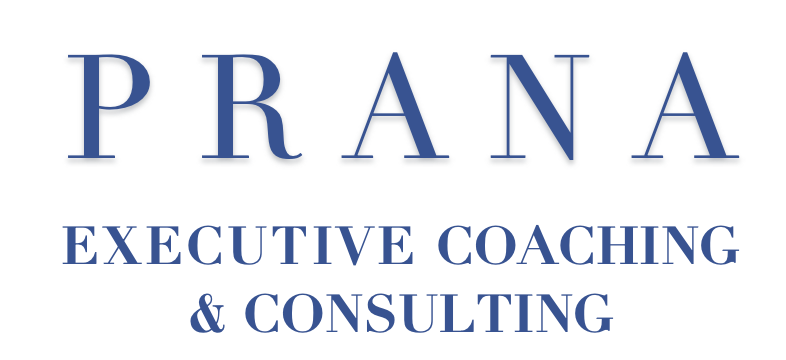The Science of Effective Feedback:What High-Performing Teams Get Right
In today’s fast-paced, highly collaborative work environments, the ability to give and receive feedback effectively can make or break team performance. Research shows that feedback isn’t just a management tool—it’s a key driver of growth, motivation, and trust. Here’s what the science says about getting it right:
Positive vs. Constructive Feedback
Positive feedback boosts motivation and engagement, while constructive (corrective) feedback promotes learning and development. High-performing teams don’t choose between the two—they intentionally use both.
Balanced Feedback Builds Relationships
A well-known finding suggests that a 5:1 ratio of positive to negative feedback is linked to stronger relationships and better performance. While the exact ratio isn’t a magic number, the principle is clear: balance matters more than volume.
Corrective Feedback That Works
Feedback aimed at improvement is most effective when it’s specific, behavior-based, and tied to clear goals. It should be delivered with care—avoiding vagueness or personal criticism—and ideally paired with coaching for lasting impact. The Situation-Behavior-Impact feedback model is a simple framework that helps to deliver meaningful feedback.
Culture Matters
Even the best-intended feedback can backfire in an unsafe environment. Psychological safety is the foundation—without it, people may become defensive instead of receptive.
Key Takeaway: Effective feedback is a skill and a system. Build trust, focus on behavior and impact, and balance praise with purposeful correction. When done skillfully, feedback doesn’t just correct—it connects and empowers.
References
¹ Goller, M., & Späth, J. (2023). Effects of Positive and Negative Feedback on Performance in Work-Related Tasks: A Meta-Analysis.
² Hattie, J., & Timperley, H. (2007). The Power of Feedback. Review of Educational Research, 77(1), 81–112.
³ Fishbach, A., Eyal, T., & Finkelstein, S. R. (2010). How Positive and Negative Feedback Motivate Goal Pursuit. Social and Personality Psychology Compass, 4(8), 517–530.
⁴ Hattie, J. (2009). Visible Learning: A Synthesis of Over 800 Meta-Analyses Relating to Achievement. Routledge.
⁵ Edmondson, A. (1999). Psychological Safety and Learning Behavior in Work Teams. Administrative Science Quarterly, 44(2), 350–383.
⁶ Edmondson, A. C., & Lei, Z. (2014). Psychological Safety: The History, Renaissance, and Future of an Interpersonal Construct. Annual Review of Organizational Psychology and Organizational Behavior, 1, 23–43.
⁷ Mittal, V. (2023). The Role of Psychological Safety in Constructive Feedback and Team Learning. Journal of Organizational Behavior, 44(1), 122–139.
